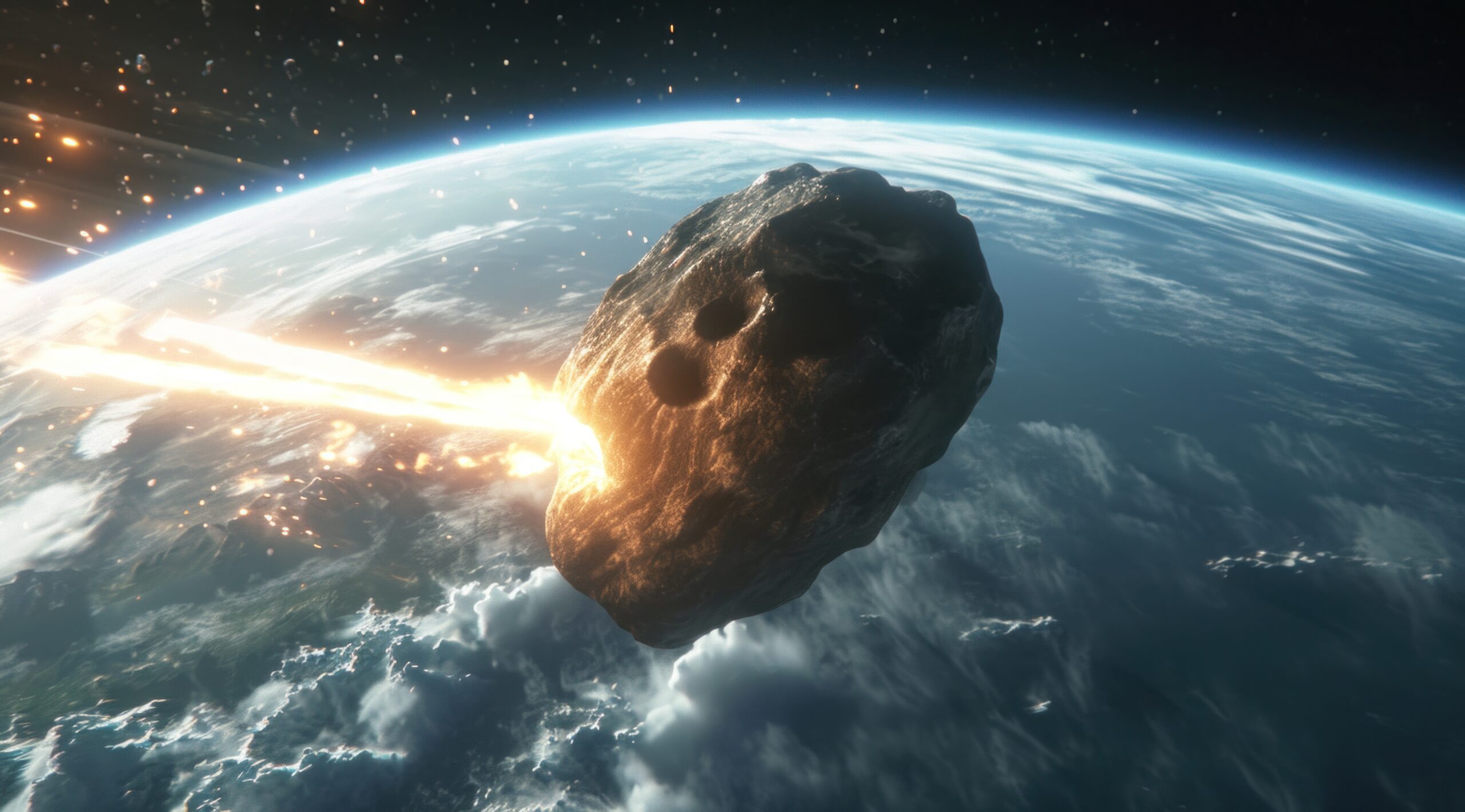In recent years, headlines about asteroids “narrowly missing” Earth have become increasingly common. These celestial objects—racing through space at tens of thousands of miles per hour—can range in size from small rocks to massive, mountain-sized bodies. The thought of one hitting Earth is both terrifying and fascinating. But how real is the threat? What is NASA doing to protect us from a potential doomsday scenario?
Let’s explore the science, the risks, and the global efforts, particularly by NASA, to track and prevent asteroid impacts.
Understanding Asteroids and Their Behavior
Asteroids are remnants from the early solar system—chunks of rock and metal that never became planets. Most of them orbit the Sun in the asteroid belt between Mars and Jupiter. However, some venture closer to Earth’s orbit. These are known as Near-Earth Objects (NEOs).
An asteroid is classified as a Potentially Hazardous Object (PHO) if it comes within 4.6 million miles of Earth and is over 460 feet (140 meters) in diameter. These are big enough to cause regional devastation or even global consequences if they collide with Earth.
A History of Asteroid Impacts
While large asteroid impacts are rare, they have happened before—and they’ve changed the course of life on Earth. The most famous example is the asteroid that struck Earth about 66 million years ago, wiping out the dinosaurs and causing a mass extinction.
More recently, in 2013, a 66-foot-wide asteroid exploded over Chelyabinsk, Russia. Though it didn’t directly hit the Earth, the shockwave injured over 1,500 people and damaged thousands of buildings. This event served as a wake-up call: even relatively small space rocks can pose serious threats.
NASA’s Planetary Defense Strategy
NASA has taken the asteroid threat seriously for decades. In fact, planetary defense has become one of its core missions. Here are some key components of NASA’s strategy:
1. Detection and Monitoring (NEOWISE & DART Missions)
NASA operates several programs to detect and track NEOs. The most notable include:
- NEOWISE (Near-Earth Object Wide-field Infrared Survey Explorer): A spacecraft that scans the sky for asteroids using infrared light.
- DART (Double Asteroid Redirect Test): In 2022, NASA successfully launched and crashed a spacecraft into the asteroid Dimorphos to test whether it could slightly change the asteroid’s path. It was a historic demonstration that we can alter the trajectory of a space object—proof that we might one day prevent a disaster.
2. The Planetary Defense Coordination Office (PDCO)
Established in 2016, PDCO coordinates efforts to detect potentially hazardous asteroids and develop mitigation strategies. They work closely with international space agencies and observatories around the world.
3. Upcoming Missions
NASA is planning more advanced missions like NEO Surveyor, a space telescope set to launch in the late 2020s. It will help detect hard-to-spot asteroids that might otherwise go unnoticed until it’s too late.
What If an Asteroid Were Headed for Earth?
So what would happen if scientists detected an asteroid on a collision course with Earth? Fortunately, several options are being considered:
Kinetic Impact: Like the DART mission, we could crash a spacecraft into the asteroid to nudge it off course.
Gravity Tractor: A spacecraft could fly alongside the asteroid for an extended period, using its gravitational pull to slowly change the asteroid’s path.
– Nuclear Explosion: As a last resort, we could detonate a nuclear device near the asteroid (not on it) to vaporize part of its surface, creating a push that alters its trajectory.
Each of these solutions depends on early detection. The more time we have, the better chance we have of success. That’s why NASA and its partners emphasize finding these objects years—even decades—before they pose a threat.
Hollywood vs. Reality
Movies like Armageddon and Don’t Look Up have dramatized asteroid impacts, sometimes with a mix of science and fiction. In reality, solutions are more methodical and less flashy. We’re unlikely to send oil drillers to space to blow up an asteroid, but we are sending robotic probes to nudge them away from Earth.
Still, these movies have served a purpose—they’ve sparked public interest and encouraged investment in planetary defense.
Global Collaboration is Key
Asteroids don’t care about national borders. If one hits, it could affect the whole planet. That’s why international cooperation is vital.
NASA collaborates with the European Space Agency (ESA), Japan Aerospace Exploration Agency (JAXA), and others. For example, ESA’s Hera mission, launching in the 2020s, will study the aftermath of NASA’s DART impact to gather more data on how we might protect Earth in the future.

